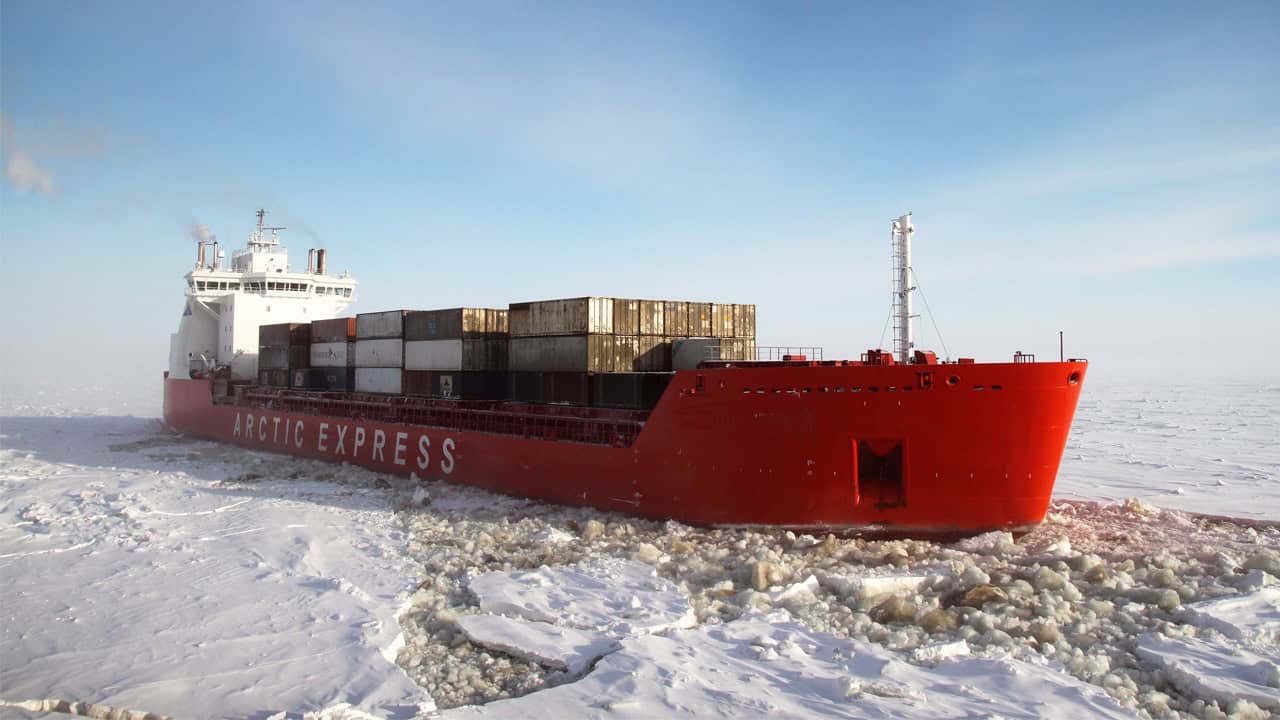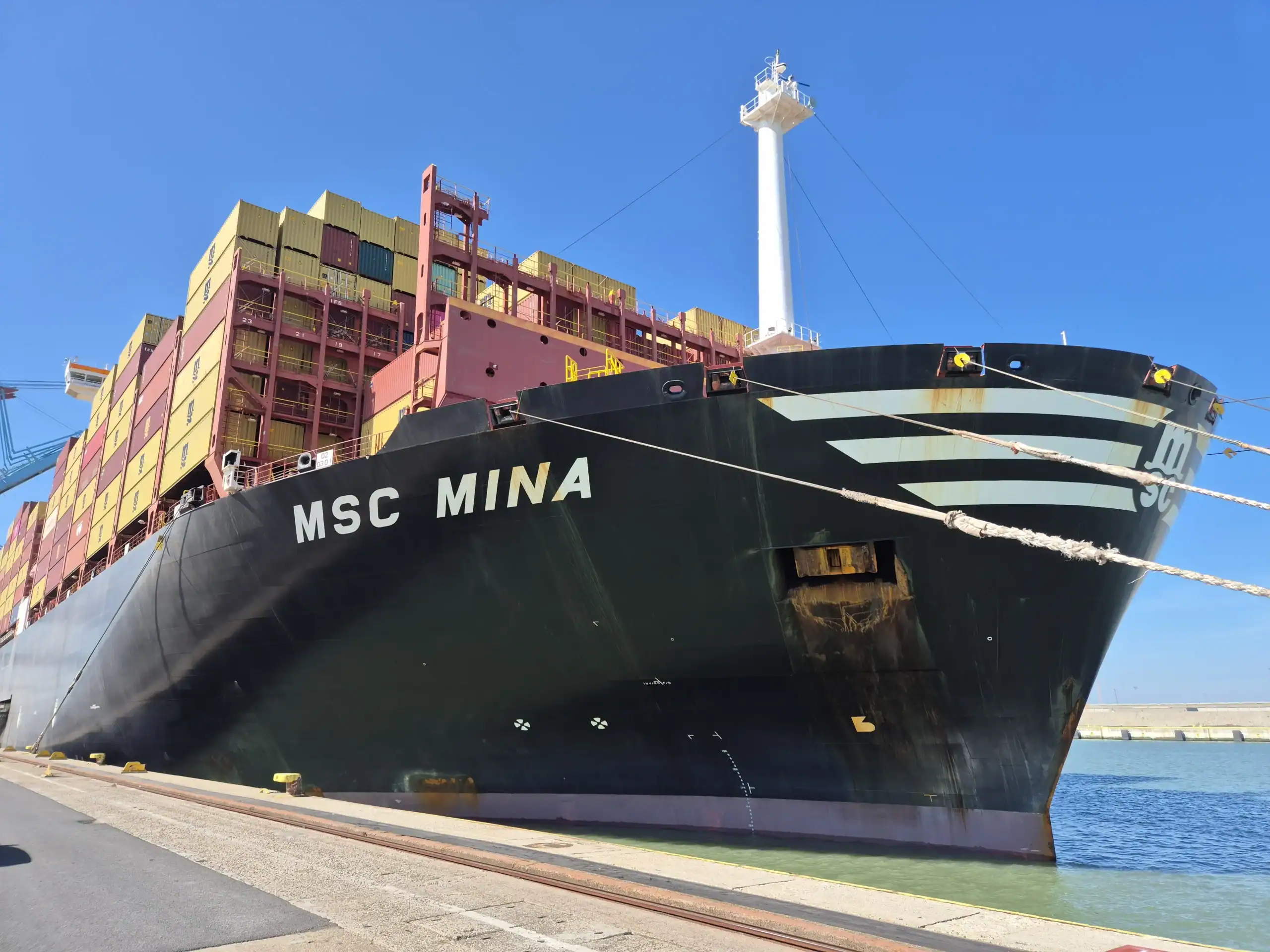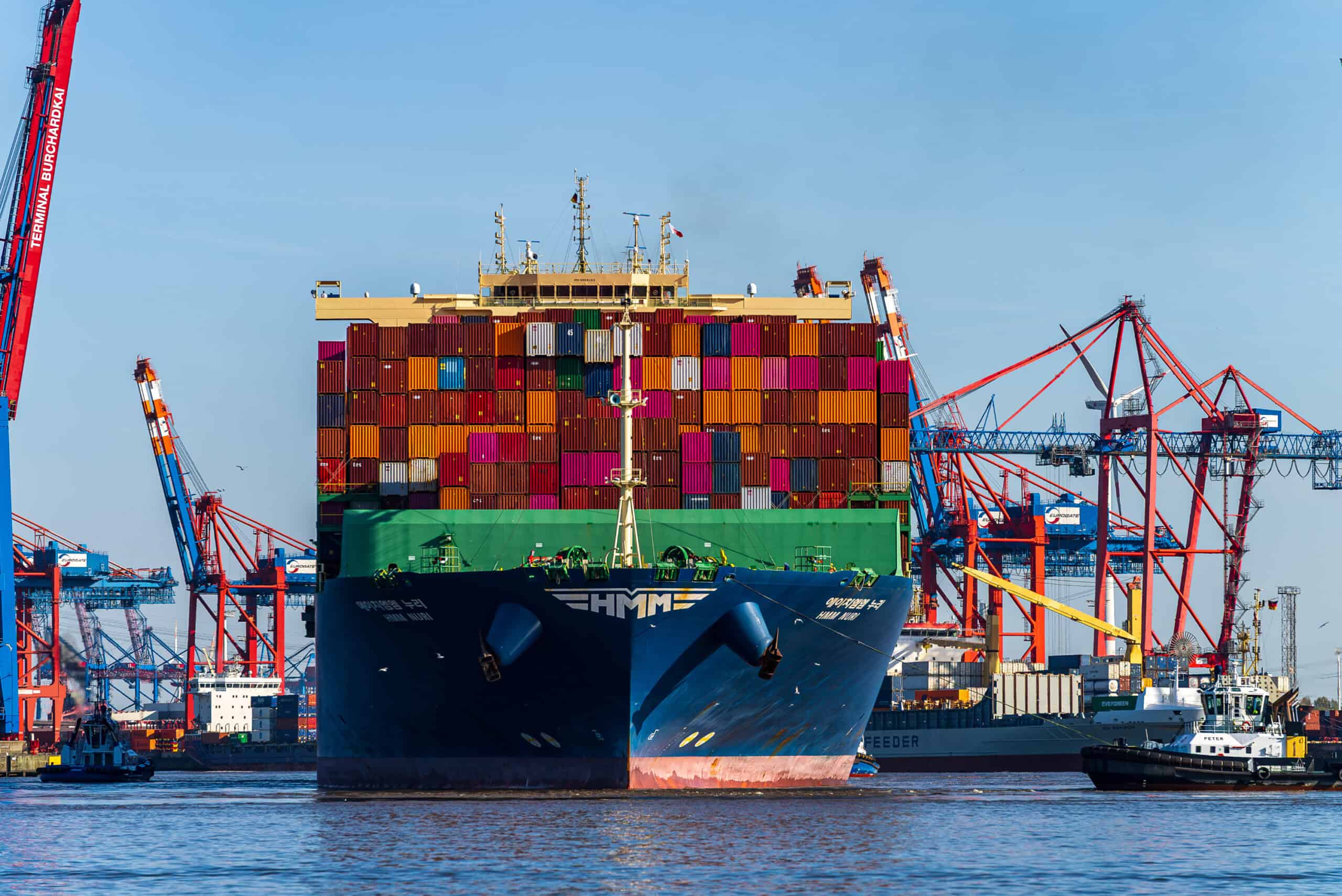The 40% Shortcut That Isn’t: Why the Northern Sea Route Remains a Strategic, Not Global, Trade Corridor
Even though the route from Asia to Europe can be shortened by as much as 40%, the Northern Sea Route has not become a global trade highway. Instead, this Arctic passage serves as a strategic artery for Russian energy exports, while geopolitical risks effectively deter global carriers from using it.
In recent days, a historic event has reignited debate in both domestic and international media about the Northern Sea Route.
On October 19, the port of Gdańsk welcomed the first-ever container ship to complete a voyage from Asia to Europe via the Arctic — marking a new chapter for Poland’s maritime economy.
The success of the Istanbul Bridge container ship demonstrates the growing technical feasibility of the route but does not resolve — and in fact sharpens — fundamental questions about its economic viability, environmental risks, and the geopolitical consequences of transforming the Northern Sea Route into a strategic energy corridor dominated by the Russia–China alliance.
40% Faster
The main advantage of the Northern Sea Route is its efficiency in maritime transport between Northeast Asia and Europe. The route can reduce transit time by around 40%, a significant improvement over the traditional passage through the Suez Canal.
For comparison, the Yokohama–Rotterdam route covers roughly 7,000 nautical miles via the Northern Sea Route, versus more than 11,000 nautical miles through the Suez Canal. This translates into a journey of about 20 days instead of 30–35, with far-reaching implications for fuel consumption, emissions, and inventory costs. Less fuel is used, and the shorter voyage duration reduces daily charter rates and crew costs.
Moreover, the Northern Sea Route avoids congestion and piracy risks associated with the Strait of Malacca.
The Hidden Costs of Arctic Convenience
Despite the shorter distance, the Northern Sea Route comes with substantial challenges and costs.
Severe Arctic conditions require ice-class vessels, which are more expensive to build and operate. Although climate change is extending the navigation season, it remains largely limited to the summer and early autumn months — from July to November. As noted by the Financial Times, year-round navigation is Moscow’s stated goal, but it remains a technological and economic challenge.
Insurance premiums for Arctic voyages are also much higher due to increased risks — including ice conditions, limited hydrographic data, and a lack of search and rescue infrastructure. A recent article in the Arctic Review on Law and Politics highlighted these systemic shortcomings, emphasizing the operational risks of the Northern Sea Route.
A key cost component is the mandatory escort by Russian icebreakers. Fees for these services are high and can offset potential fuel savings. According to the Norwegian Center for High North Logistics (CHNL), transit traffic is increasing but remains highly specialized.
These factors make the economic case for the route less convincing for mainstream container shipping, which depends on predictable, year-round schedules and economies of scale.
Moscow and Beijing on the Ice Route
The Northern Sea Route is inseparable from the ambitions of two major powers: Russia and China.
Moscow presents it as its contribution to global trade, describing the route as a global logistics corridor that ensures sustainable development and the security of global supply chains.
China, on the other hand — as a “near-Arctic state” — views the Northern Sea Route as a key element of its Polar Silk Road initiative. For Beijing, it represents a way to diversify trade routes and bypass strategically vulnerable chokepoints such as the Strait of Malacca. The official Chinese narrative emphasizes the route’s benefits for the global economy.
The geopolitical landscape after 2022 has turned this partnership from theoretical to practical.
Western sanctions forced Russia to seek new export markets for its energy resources, with China becoming its primary customer. The Northern Sea Route has thus evolved into a strategic energy bridge, carrying Russian LNG and oil to China — as confirmed by record shipments from the Arctic LNG 2 project, reported by The Moscow Times.
As a result, the route that Russia promotes as global in scope is, in practice, reinforcing its bilateral ties with Beijing — creating significant risks for any third-country companies considering its use.
A Red Line for Global Business
The Arctic ecosystem is uniquely fragile, and an accident involving an oil tanker or LNG carrier would have catastrophic consequences.
Soot emissions from ships are another concern — when deposited on ice and snow, they accelerate melting, thereby intensifying climate change, which paradoxically makes the route more navigable.
Environmental hazards also pose major reputational risks for international shipping companies. In September, the container line MSC reaffirmed its decision to avoid the Arctic route, citing the high risk of accidents and irreversible ecological damage. Such positions, influenced by ESG considerations, act as a brake on global use of the Northern Sea Route.
Ambition Frozen in Ice
On one hand, the Northern Sea Route offers a shorter, faster pathway; on the other, it is burdened by economic uncertainty, serious operational limitations, and significant geopolitical risks. Its current development path reflects a state-controlled corridor dominated by the export of Russian energy to Asia.
For the Northern Sea Route to become a truly global and commercially viable alternative to traditional maritime routes, a fundamental shift in the geopolitical climate — particularly a thaw between the West and Moscow — would be required.
Until then, the potential of the Northern Sea Route remains largely trapped in the frozen realities of the Arctic and the turbulent waters of international politics.



